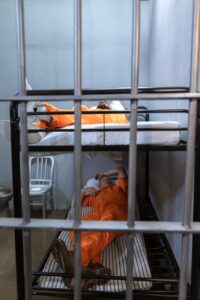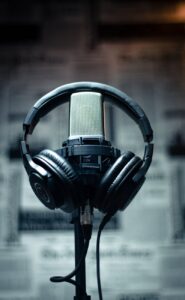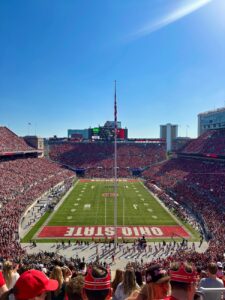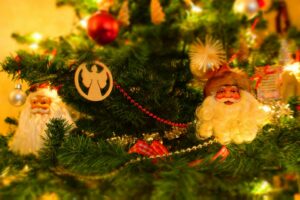Feeding frenzy each Friday
Lately USU Eastern has been getting a lot of attention due to many changes happening on campus, but the campus is not the only entity changing. The USU Eastern Prehistoric Museum, established on June 3, 1961, has made many new additions to their exhibits.
The first new addition is the “Live Fossils” that are available. Now technically it is impossible to have a living fossil, but the museum has a living alligator, turtle, and lizard for some of the exhibits.
This archived article was written by: Shadayah Jones
Lately USU Eastern has been getting a lot of attention due to many changes happening on campus, but the campus is not the only entity changing. The USU Eastern Prehistoric Museum, established on June 3, 1961, has made many new additions to their exhibits.
The first new addition is the “Live Fossils” that are available. Now technically it is impossible to have a living fossil, but the museum has a living alligator, turtle, and lizard for some of the exhibits.
On Fridays at 4 p.m., the Director of Education and Exhibits, Lloyd Logan, feeds the animals rats, mice and pinky mice. Viewers at the museum are able to witness the circle of life and get to witness the live feedings.
Christine Trease, director of public relations, explains that the previous director of the museum had connections to get two soft shell turtles, then the Division of Wildlife Resources had an alligator that was turned in, and over time, the museum was able to display them as their “Living Fossils” exhibit.
Logan explained during the Friday feeding that the first alligator at the museum lived for a short time. The soft shell turtle and the alligator both are in the same exhibit and it turns out that the turtles are carnivores and enjoy alligator meat. After the tragic death of the first alligator, the museum staff was able to get another alligator for the exhibit.
Another attraction is museum personnel are striping the dinosaur mounts to show what bone is realand what are added in to complete the skeletons. They are also going to reposition the mounts so they are all fresh and new.
There is also an observation lab downstairs where professionals answer questions and to work on the bones. Trease says “our observation lab is very unique to the museum; some other museums have them, but it is not common.”
There is an art gallery available at the museum that displays the work of local artist, amateurs and professionals. They display two shows a year where the artists can have their work in a gallery setting. There are two categories of art: first, in the general arts and next, in photography. To submit art work to the museum you can go to the museum’s website for information.
“New technology, new information, new techniques, come forth all the time, so we have to constantly be changing to keep on the cutting edge of technology,” Trease says. There are many new ideas that the museum is hoping add to their displays.
The museum also hosts many lectures. On May 5, the museum is presenting “I Once Was Lost, But Now Am Found.” Dr. Bonnie Pitblado will be guest speaking about clay figures that were hand crafted by a Fremont artist about 1,000 years ago. This presentation will be at 1 p.m. in the Jennifer Leavitt Student Center.




